Rough Halgania,
Rough Blue-flower
Display all 22 images
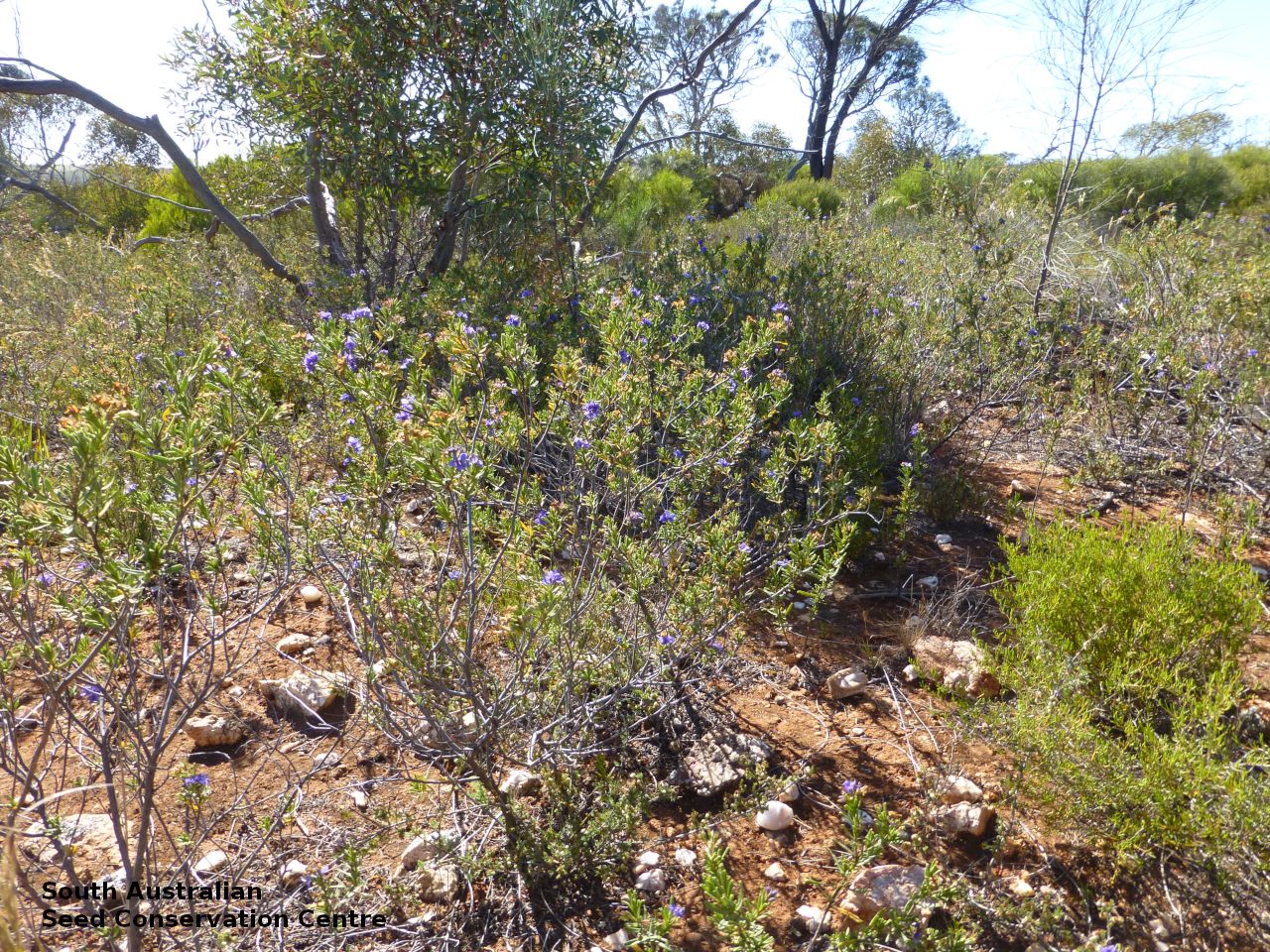
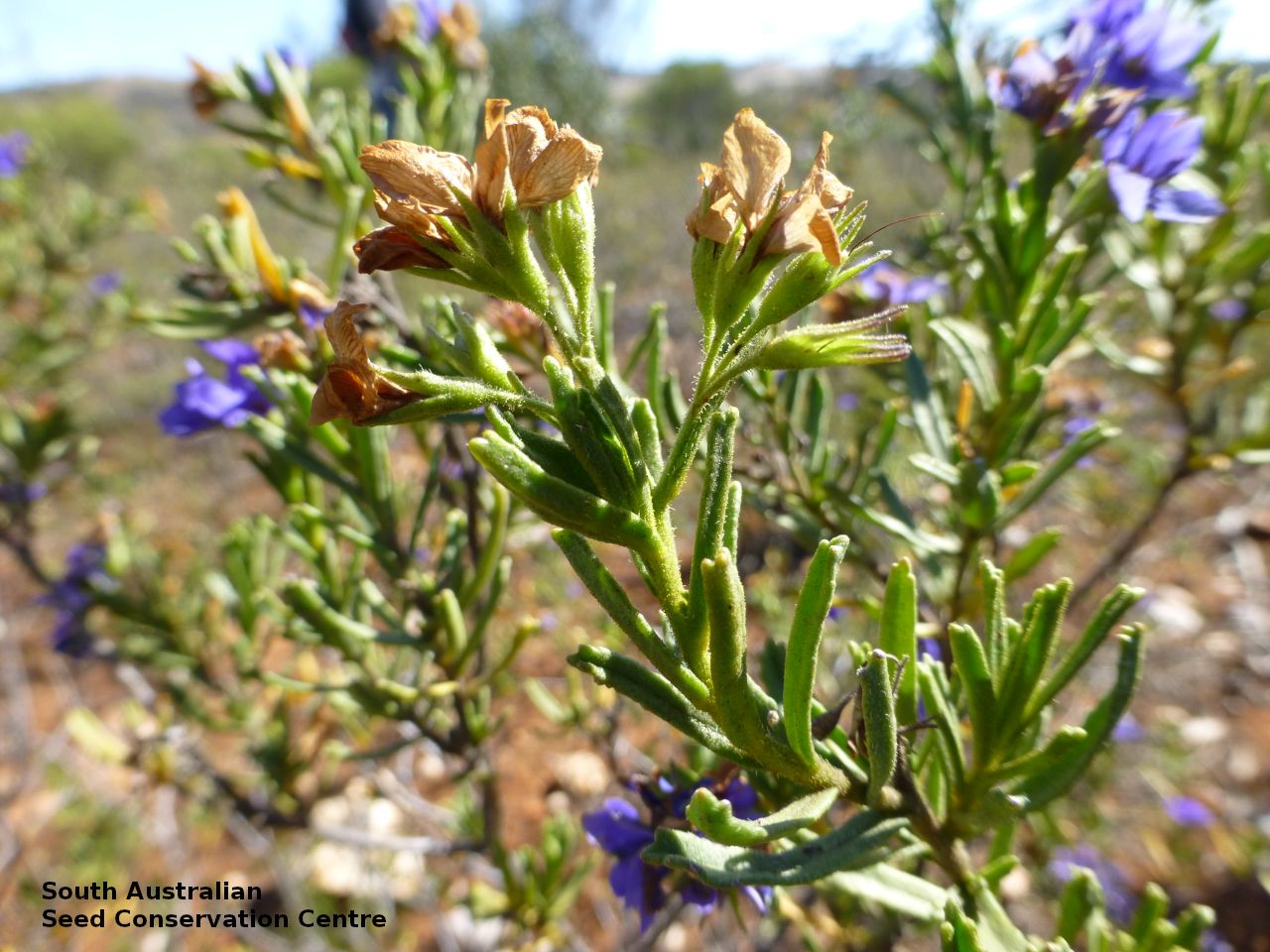
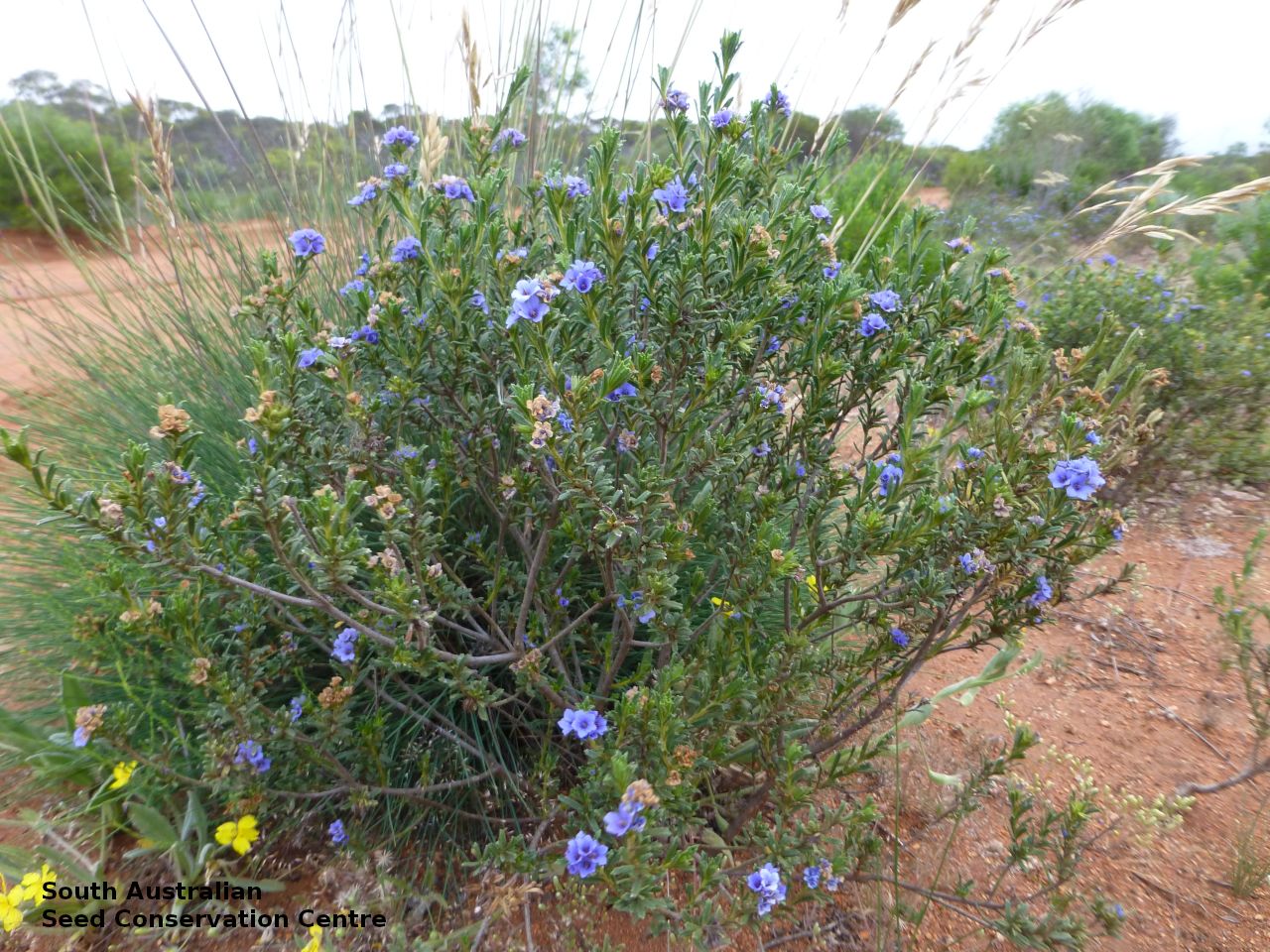
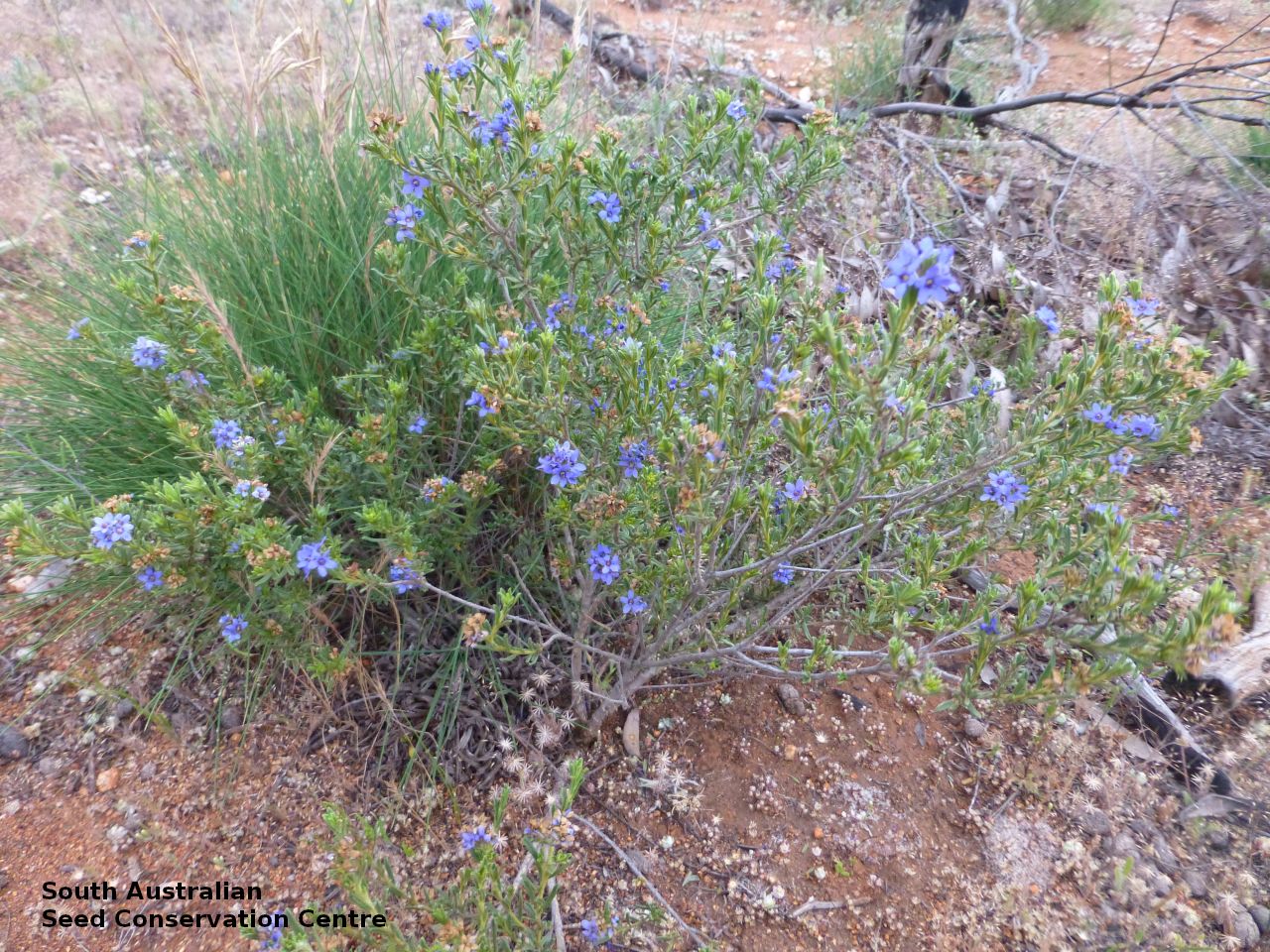
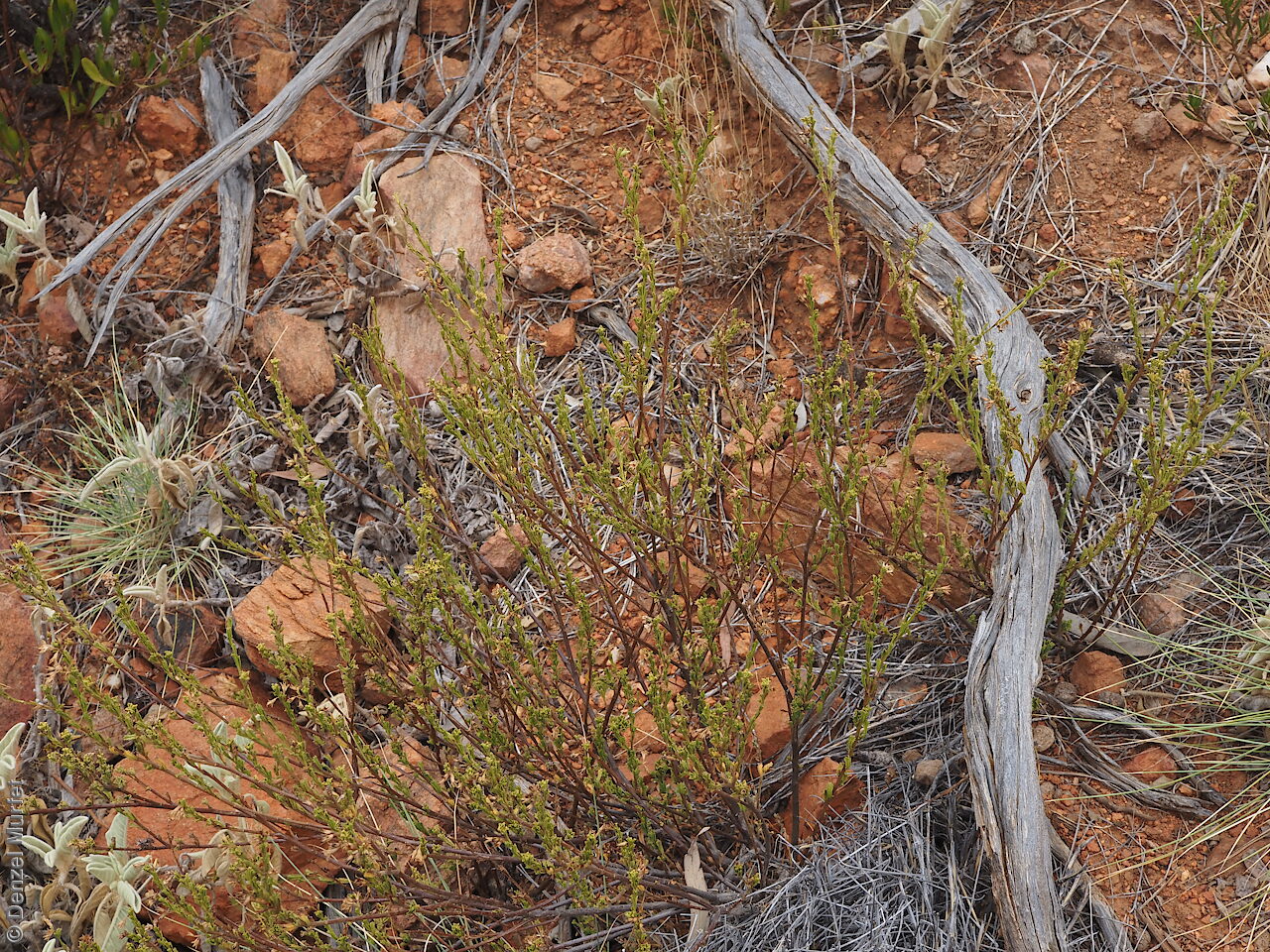
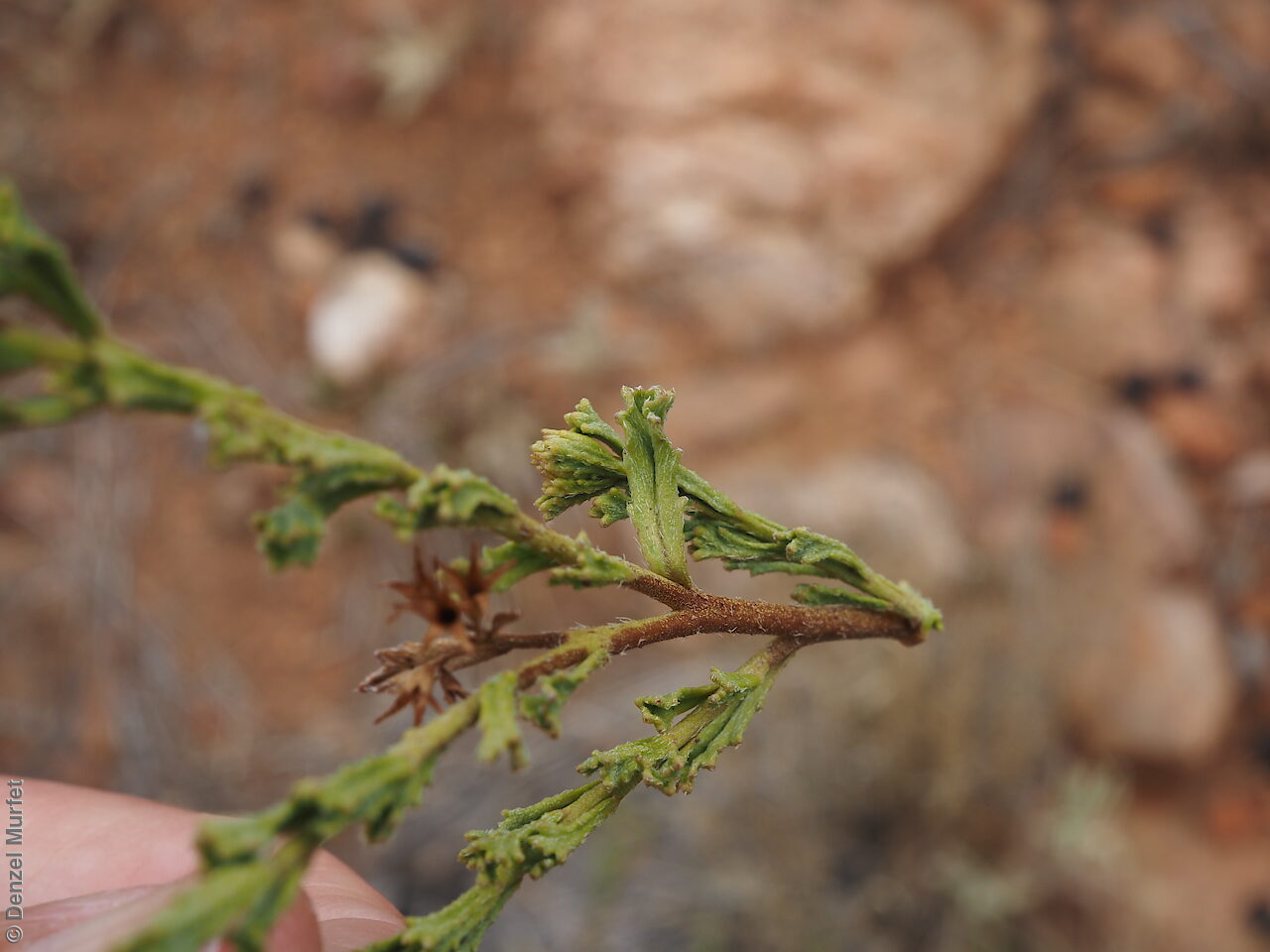
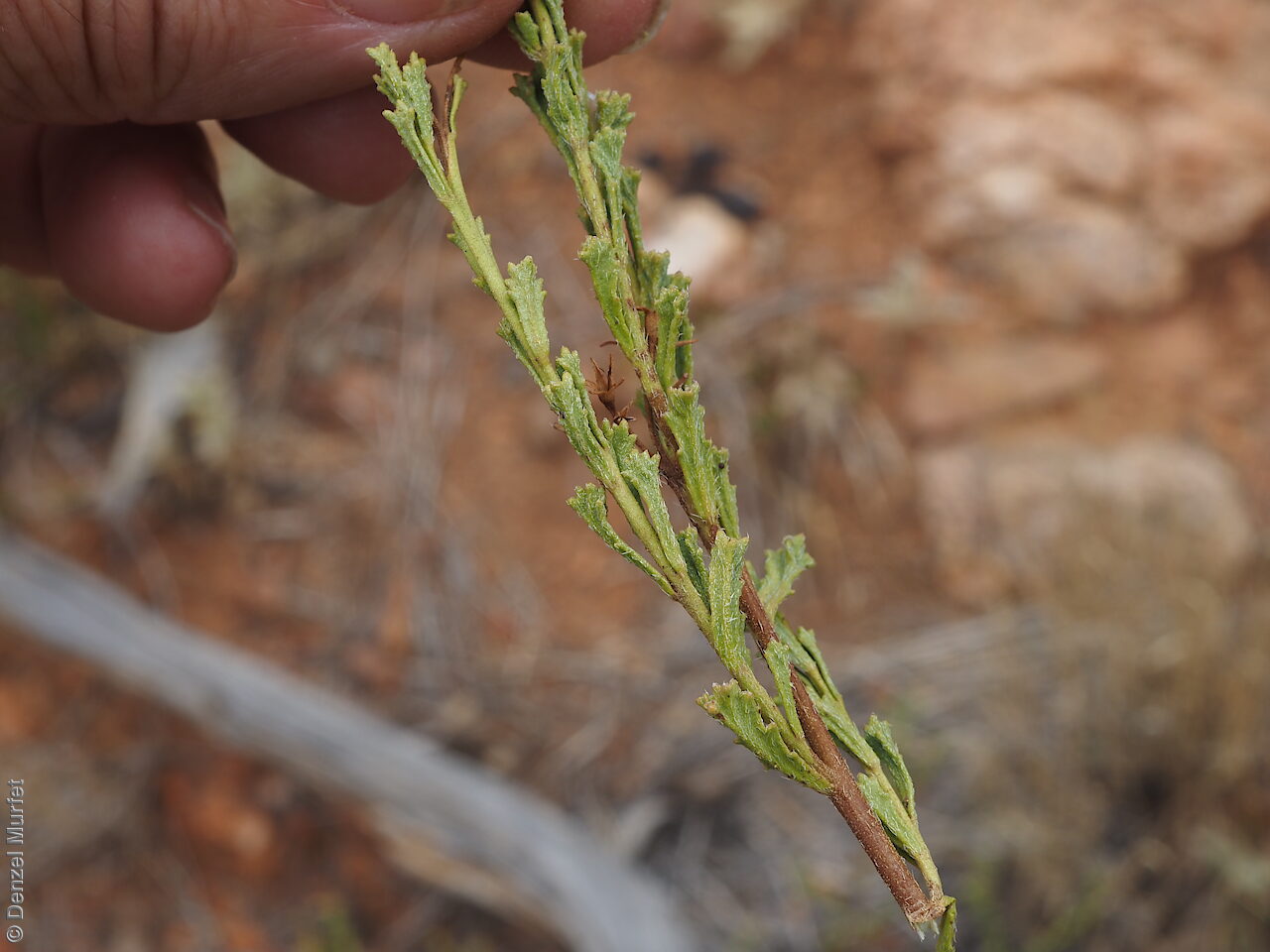
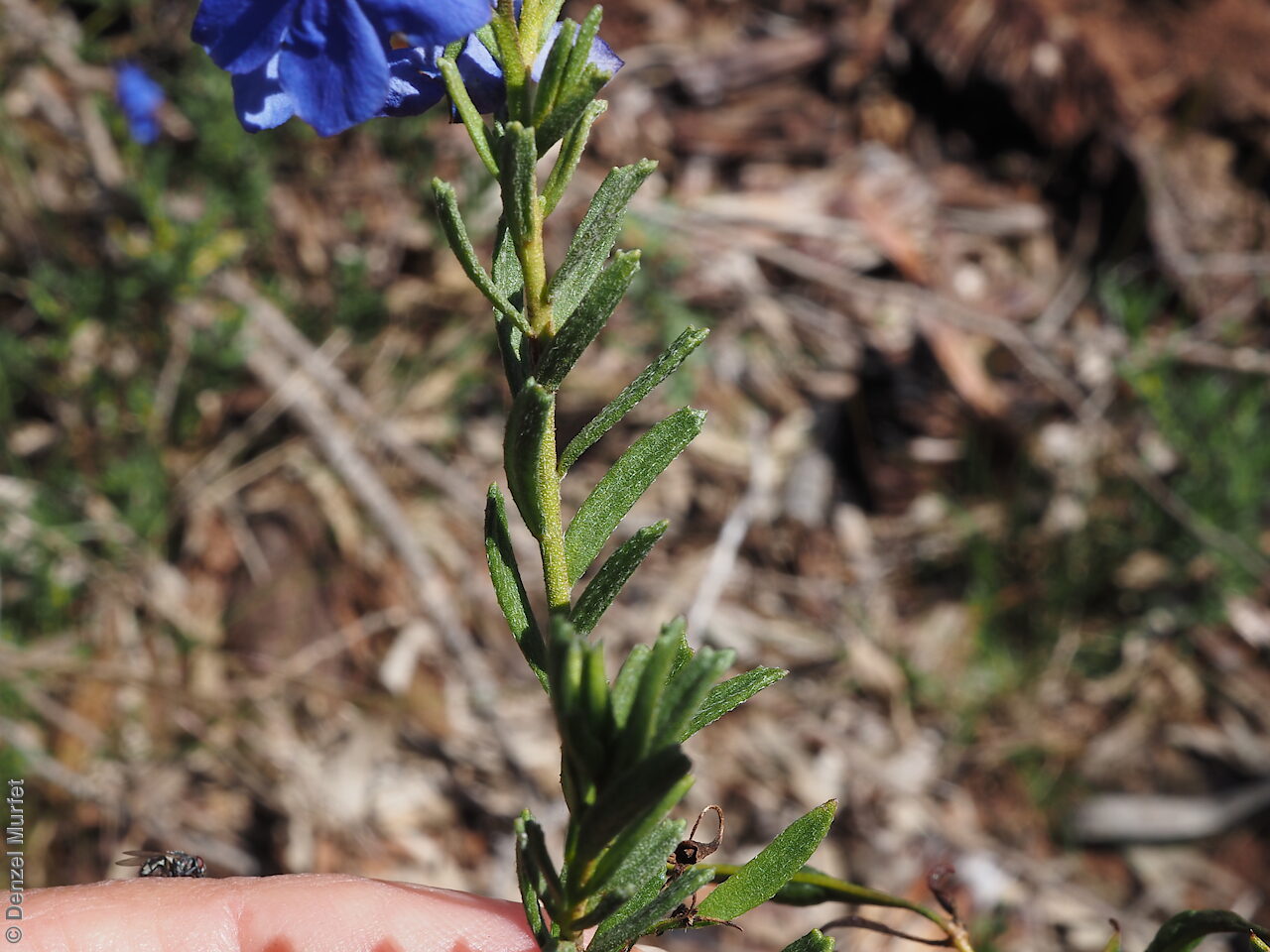
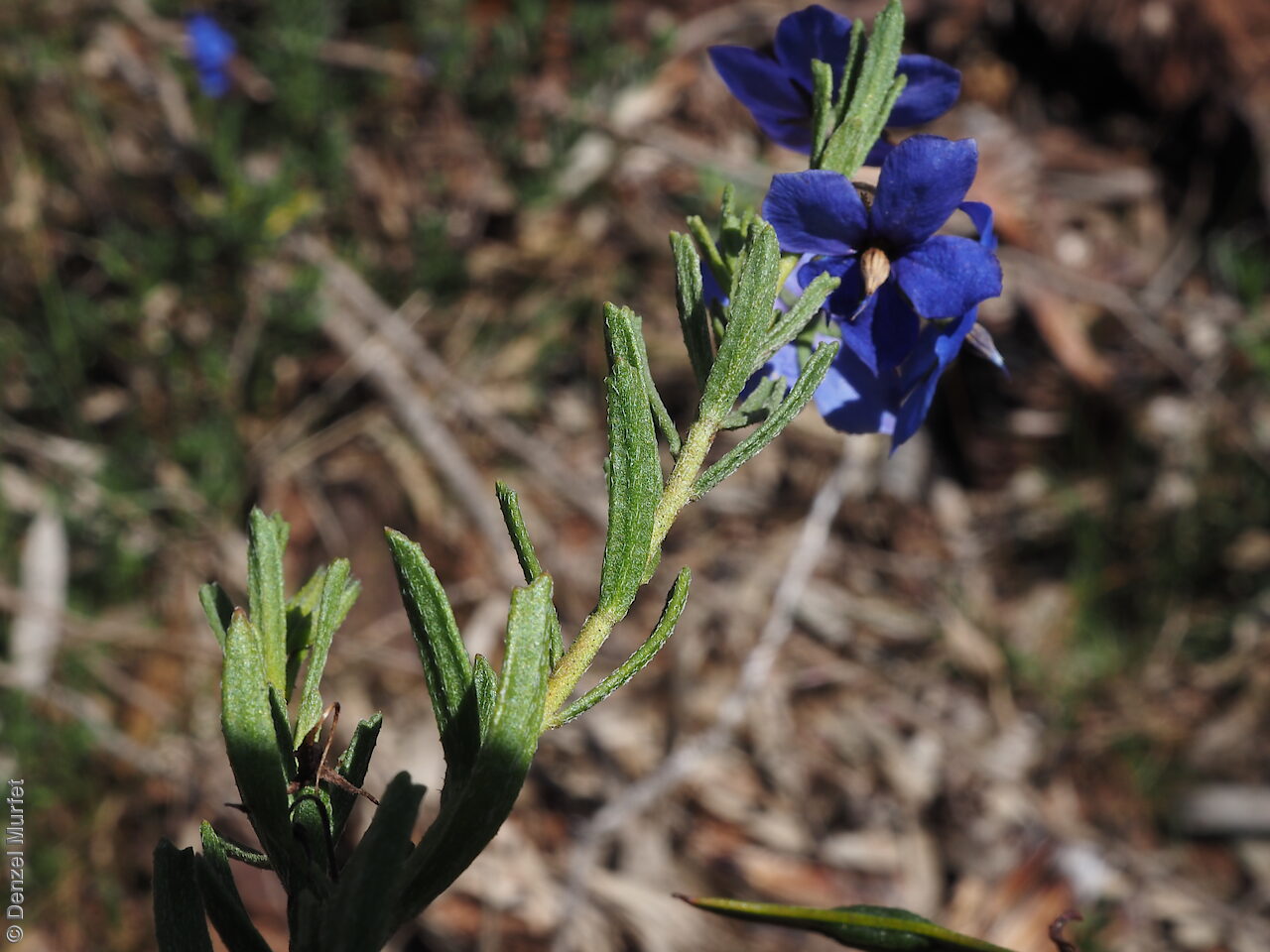
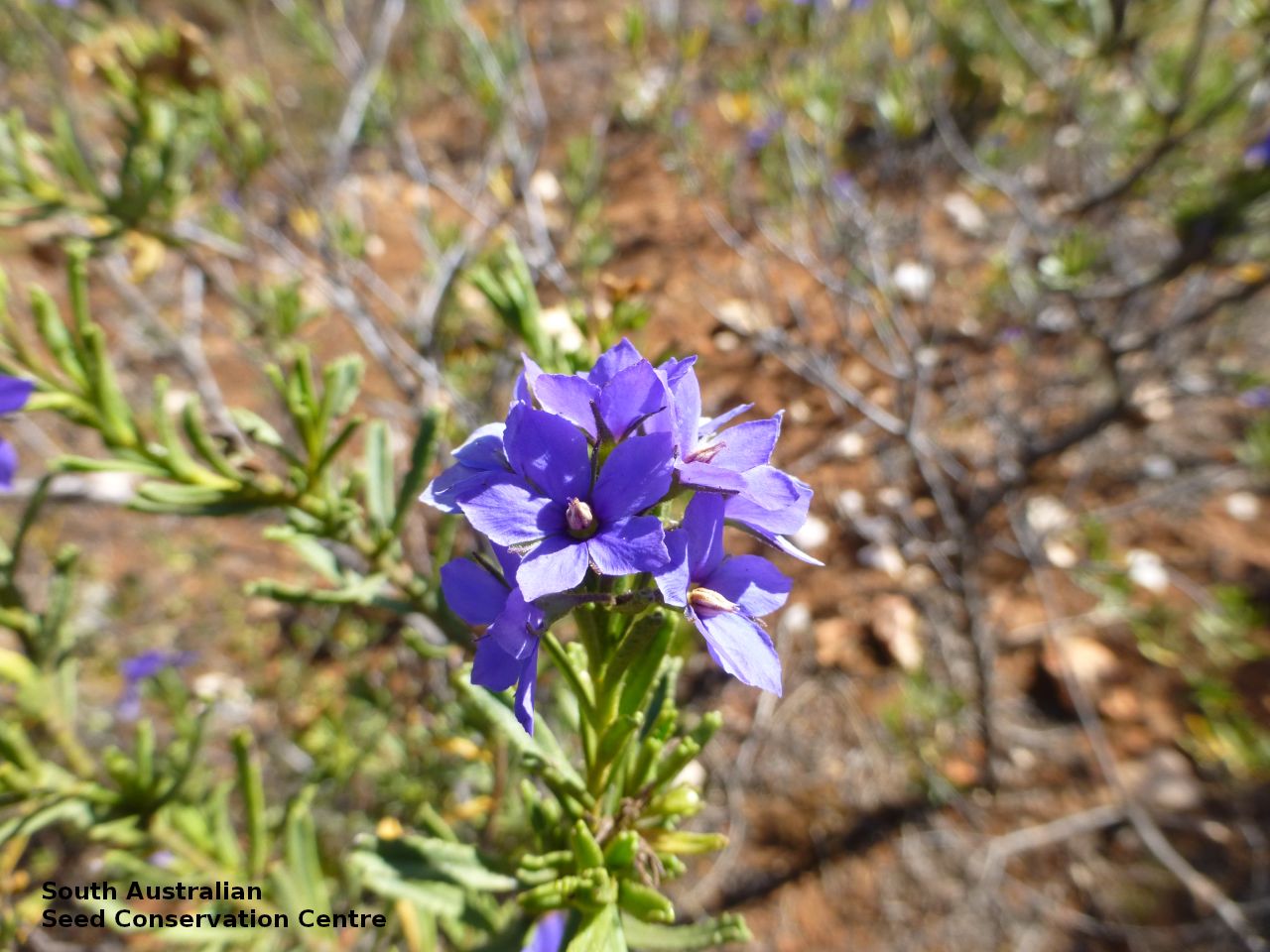
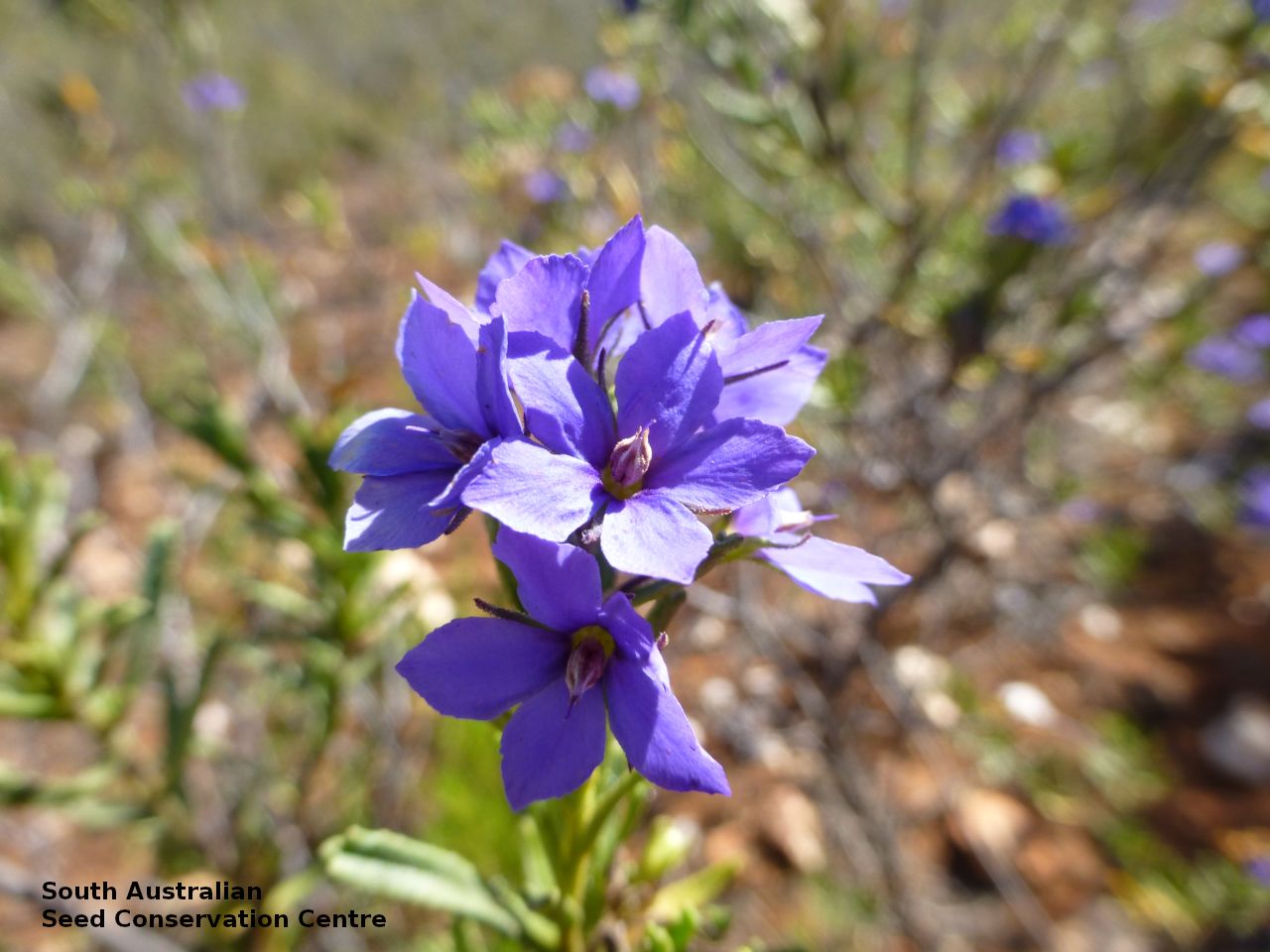
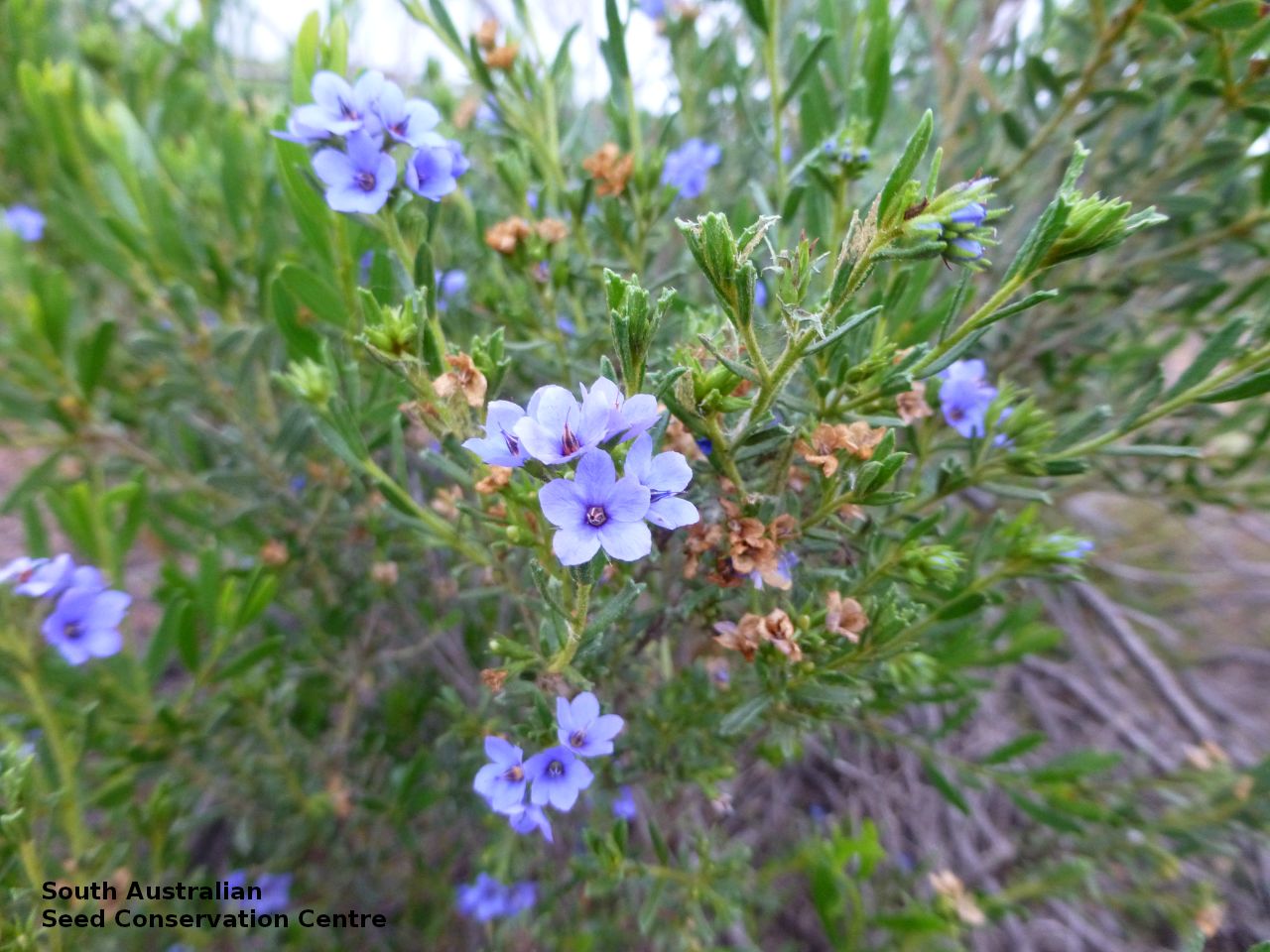
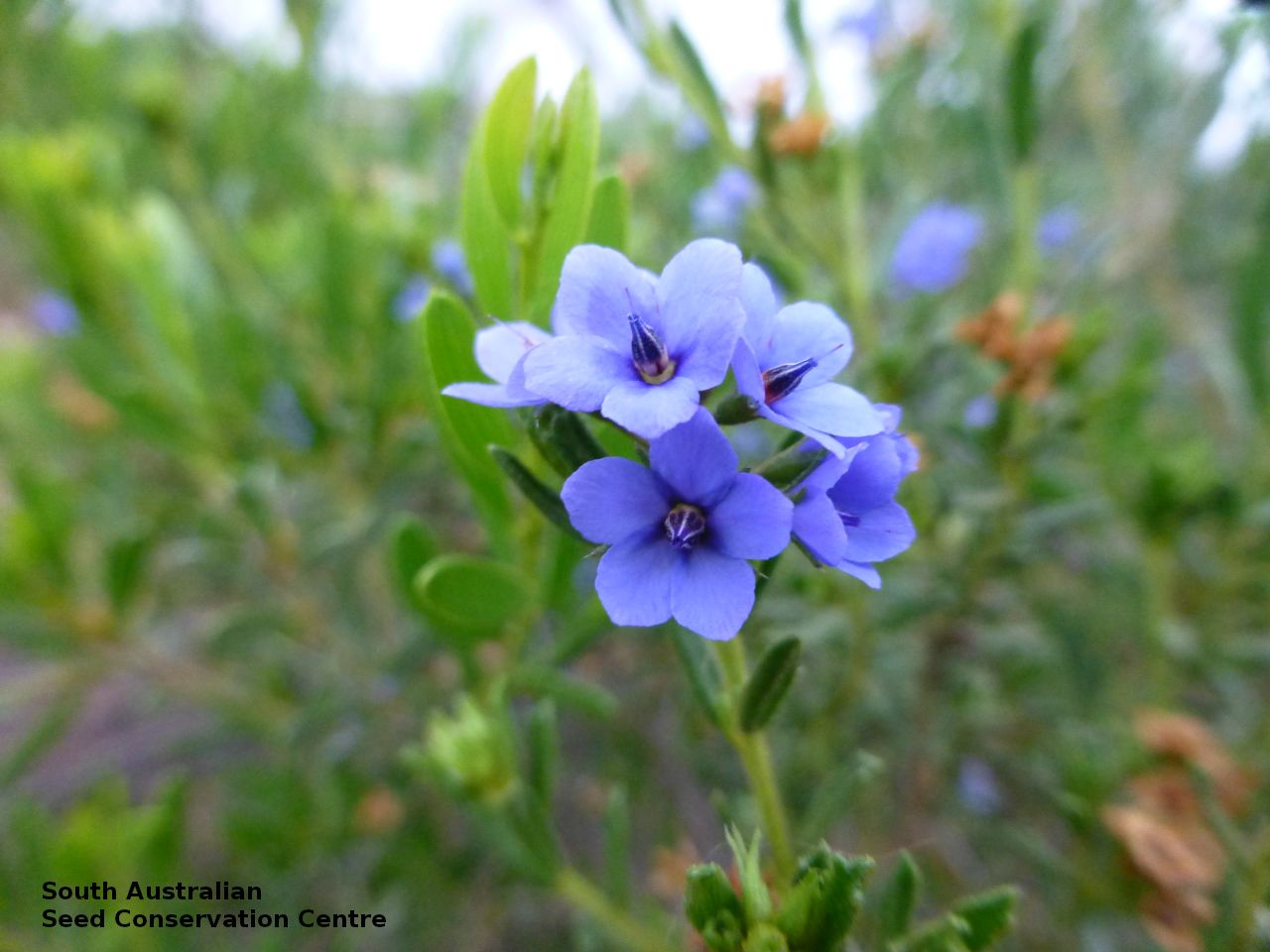
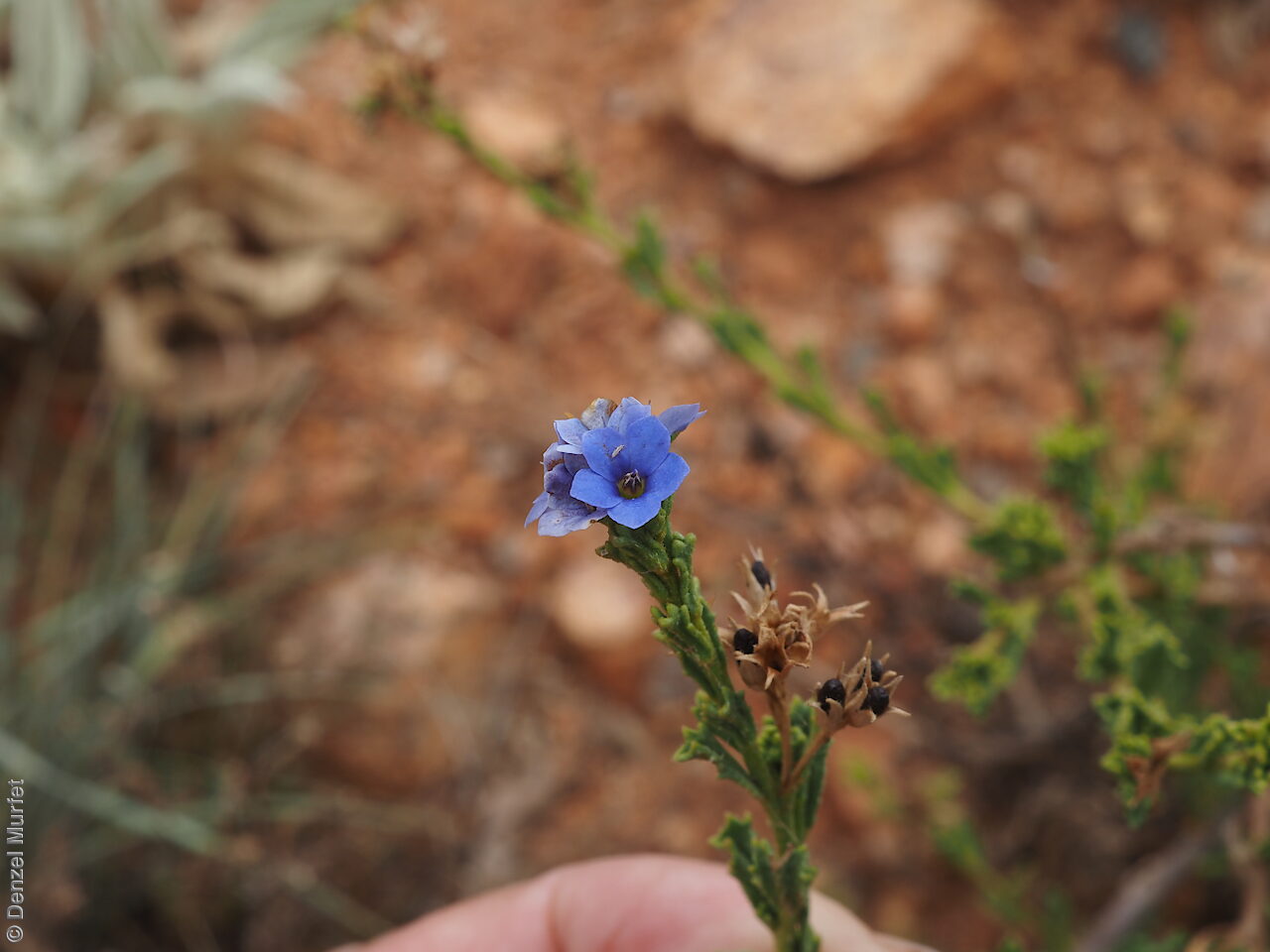
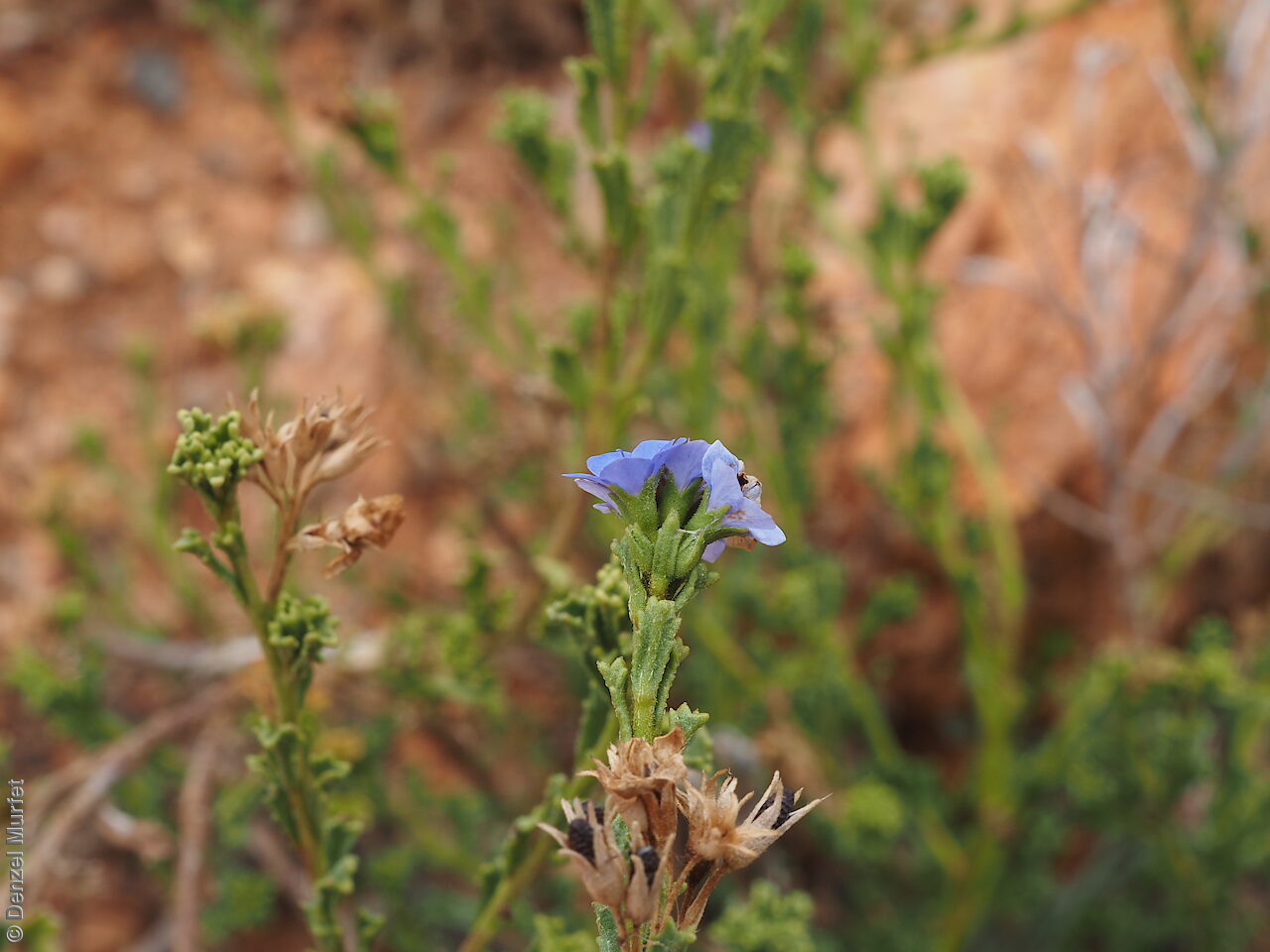
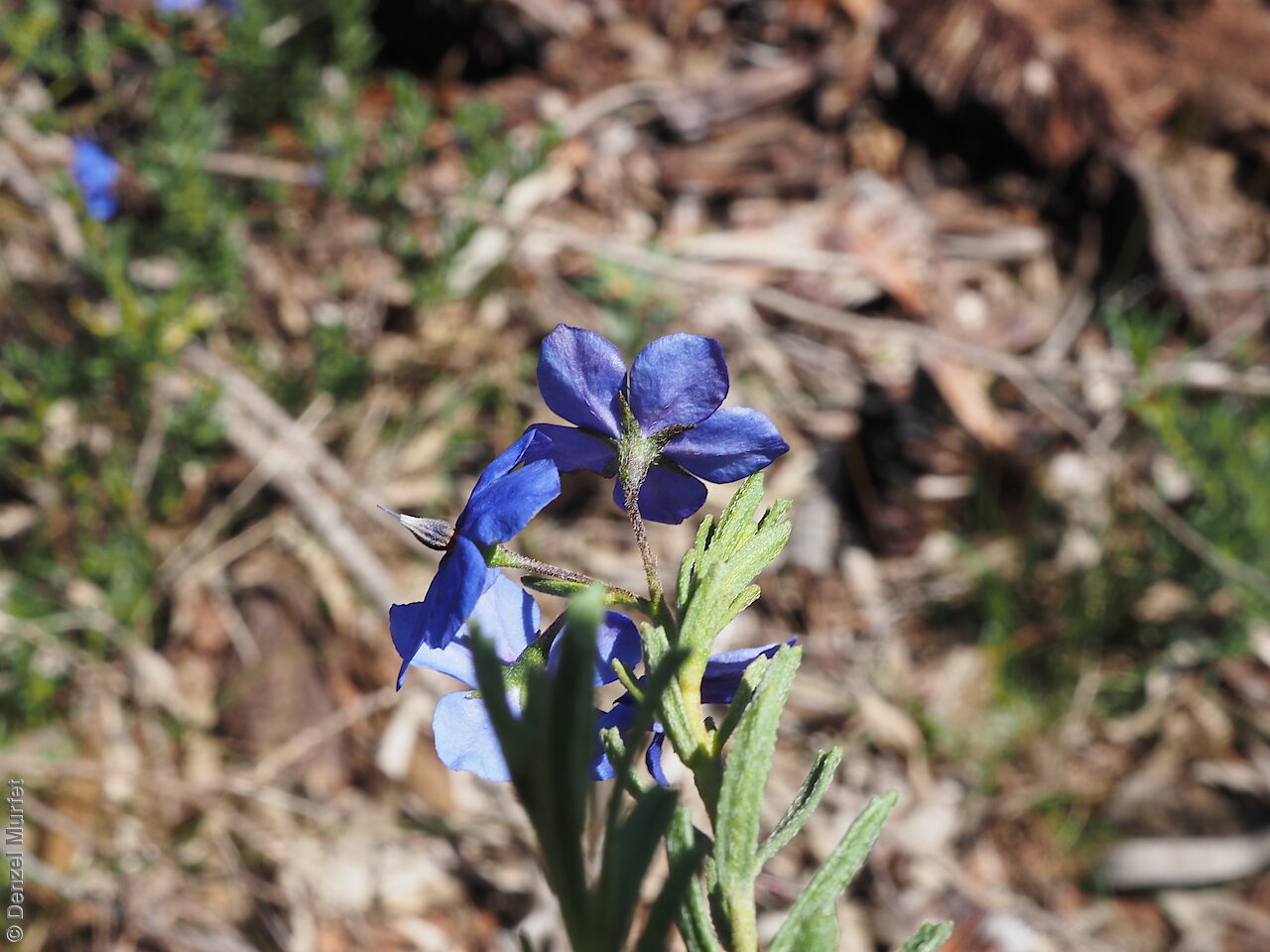
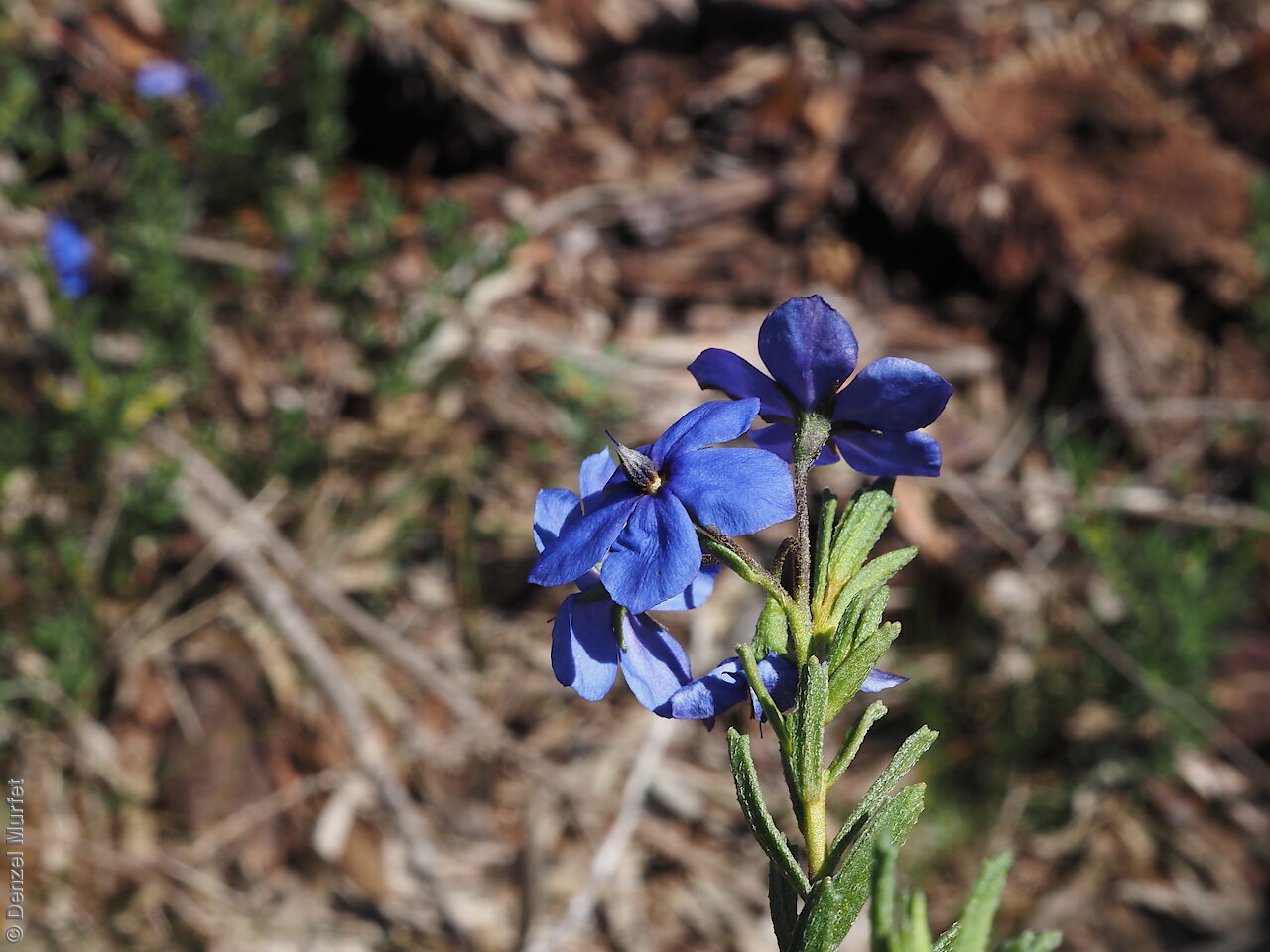
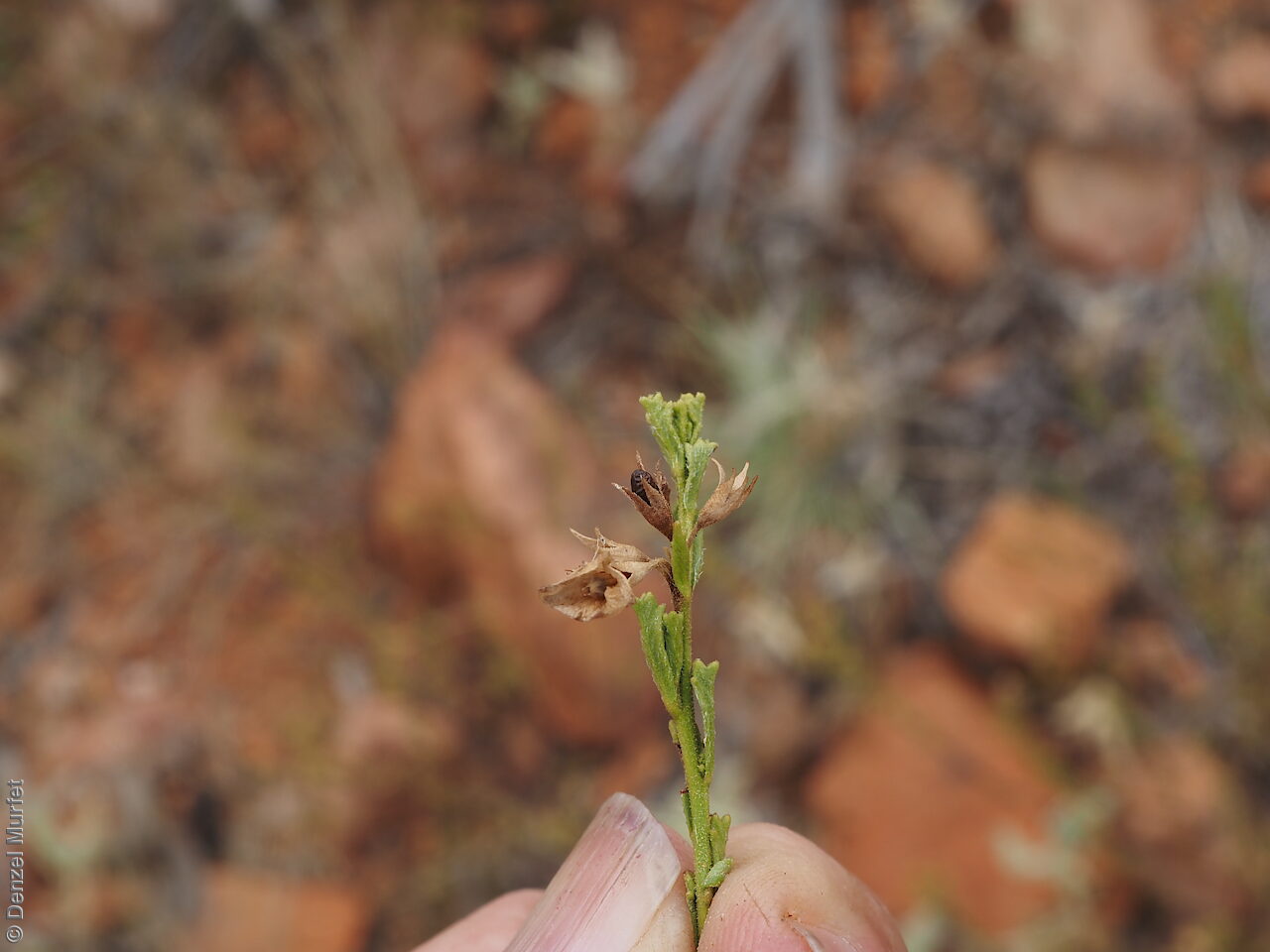
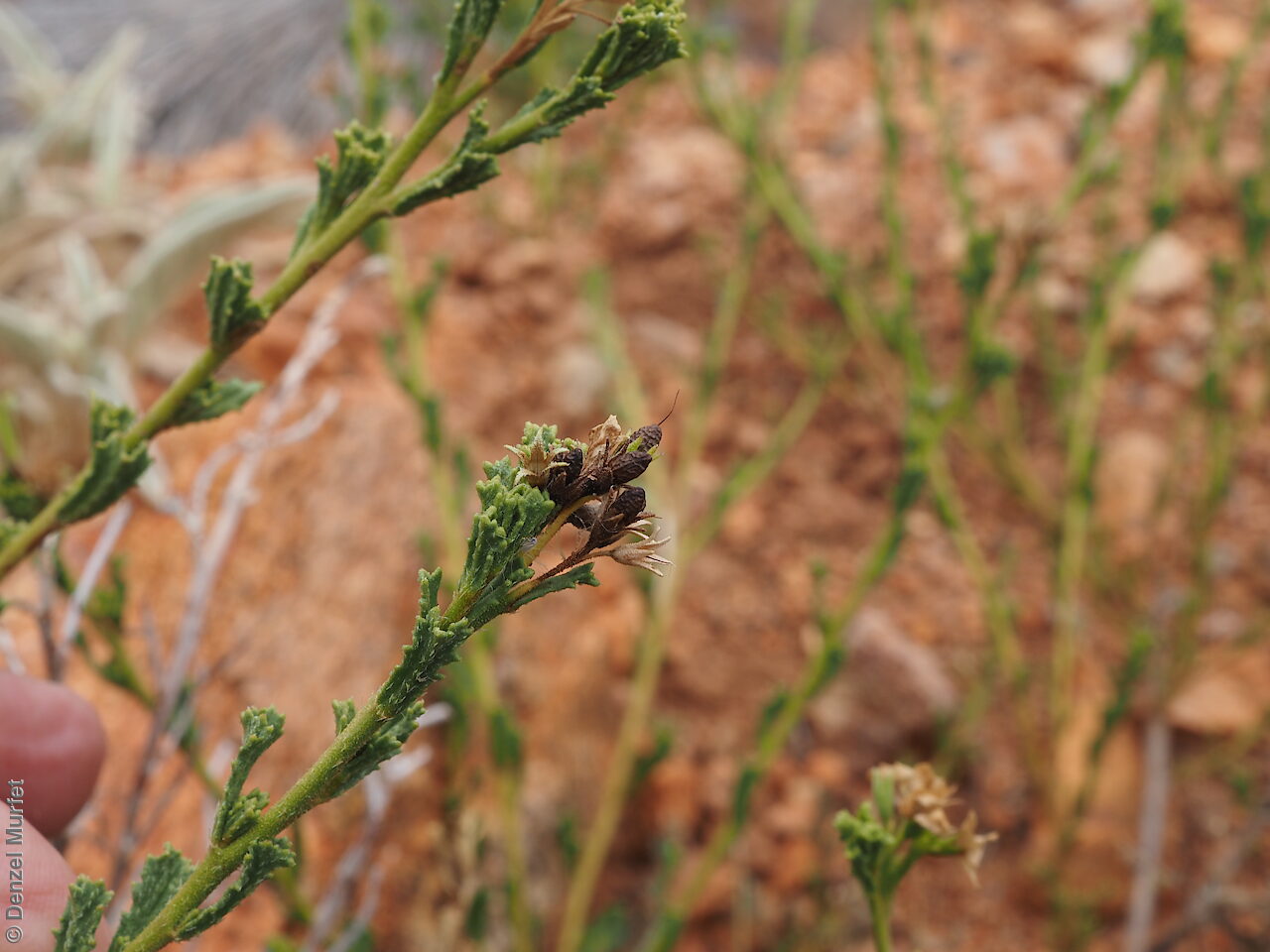
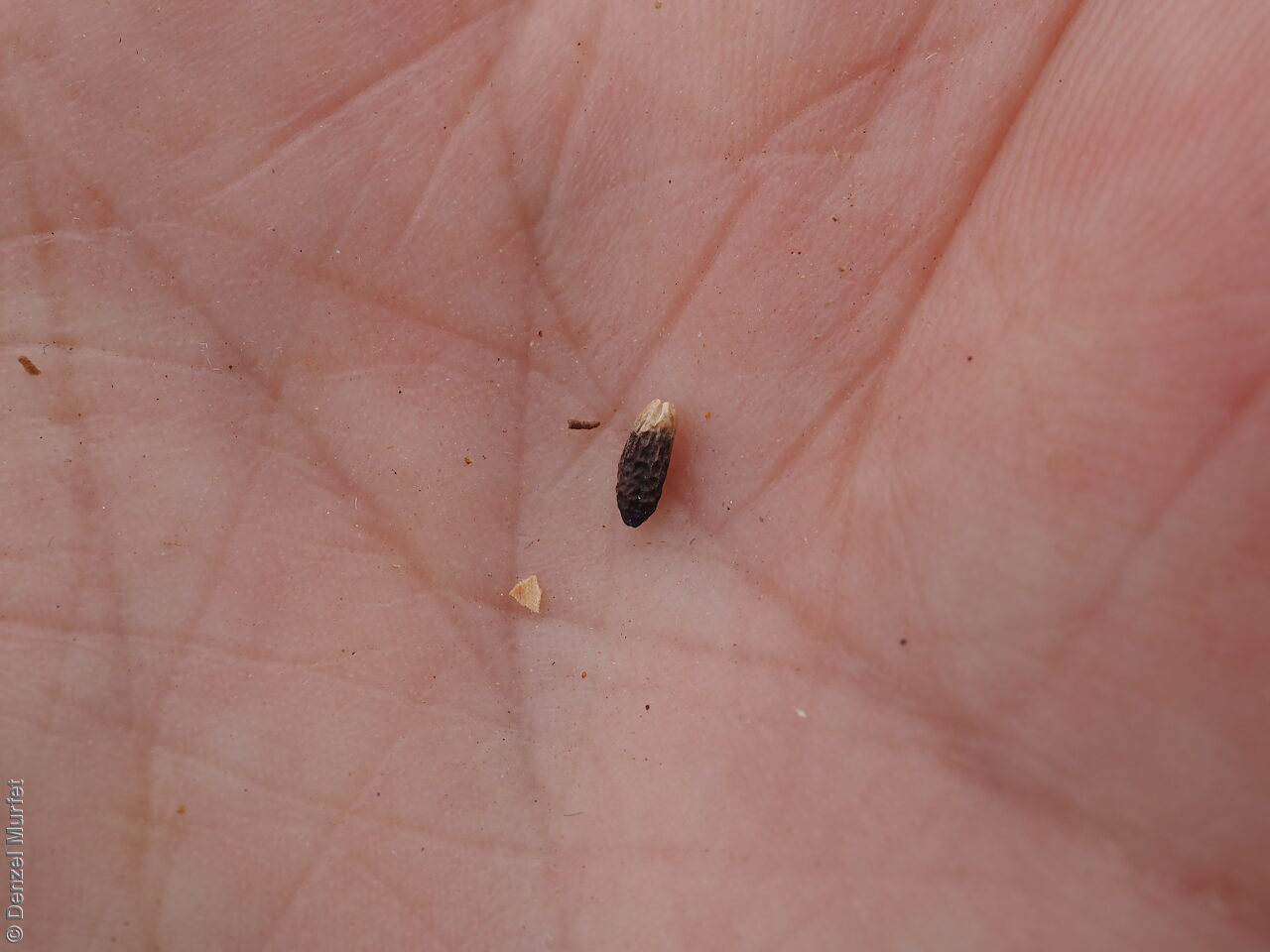
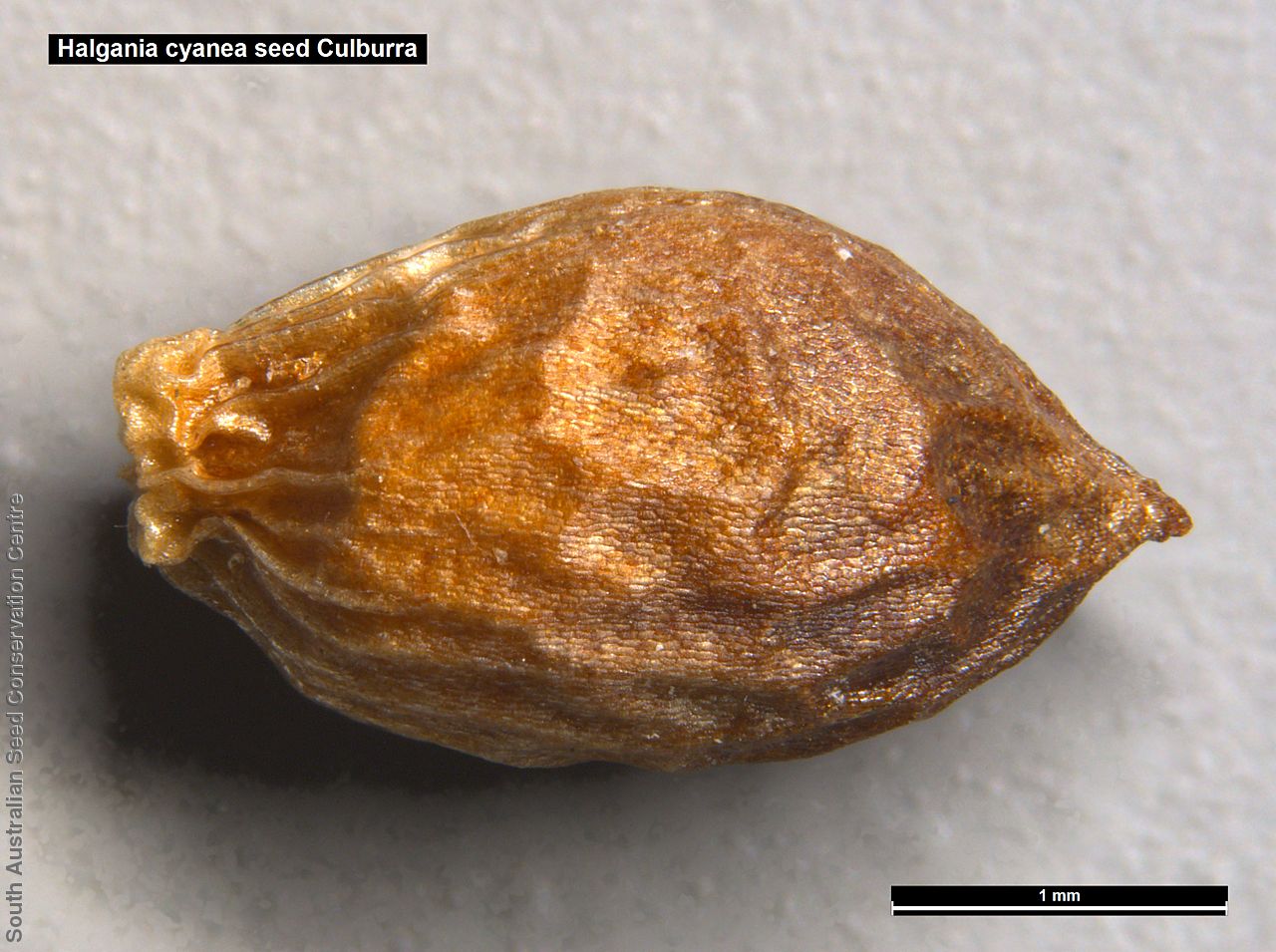
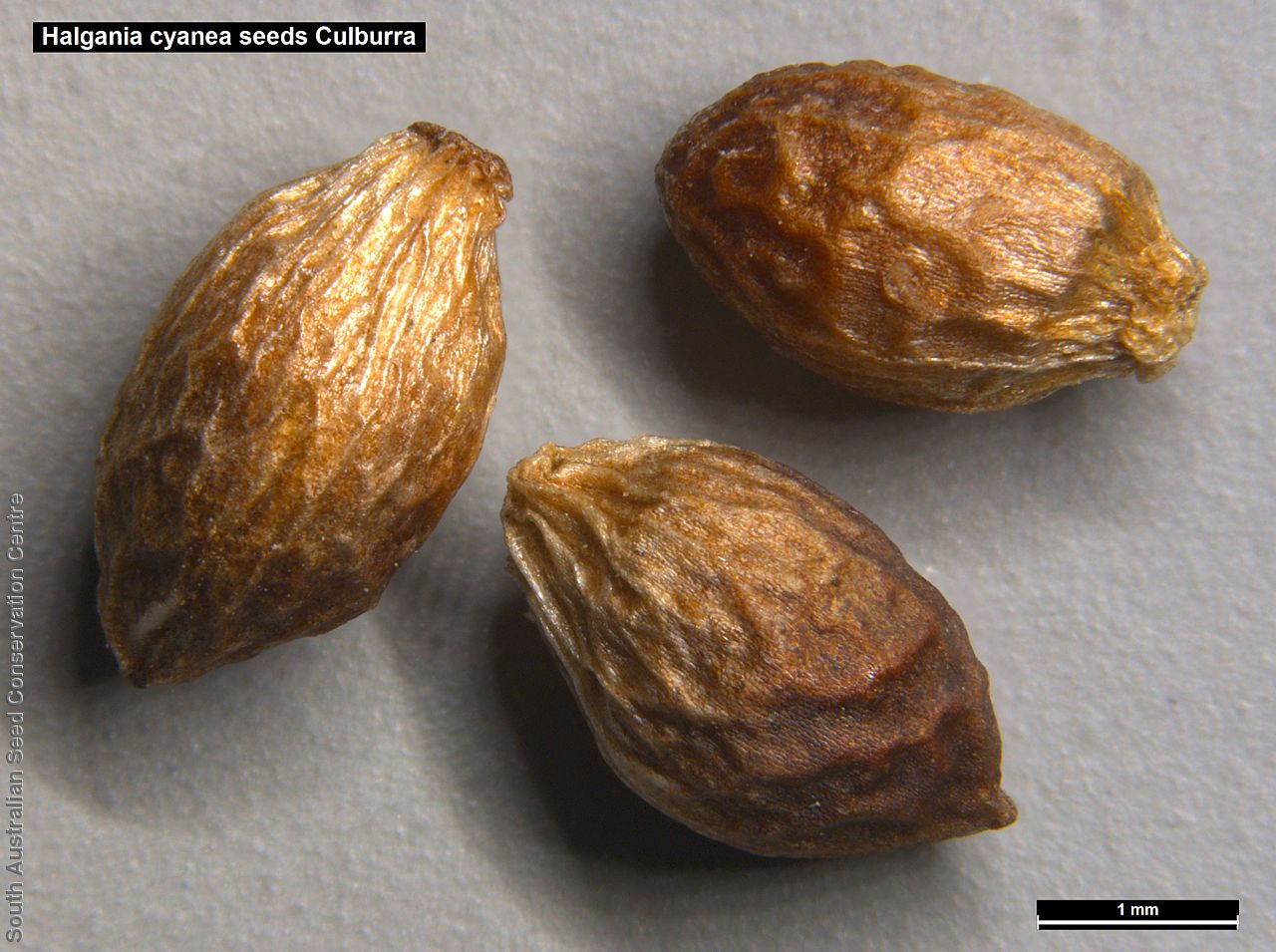
Regional Species Conservation Assessments per IBRA subregion.

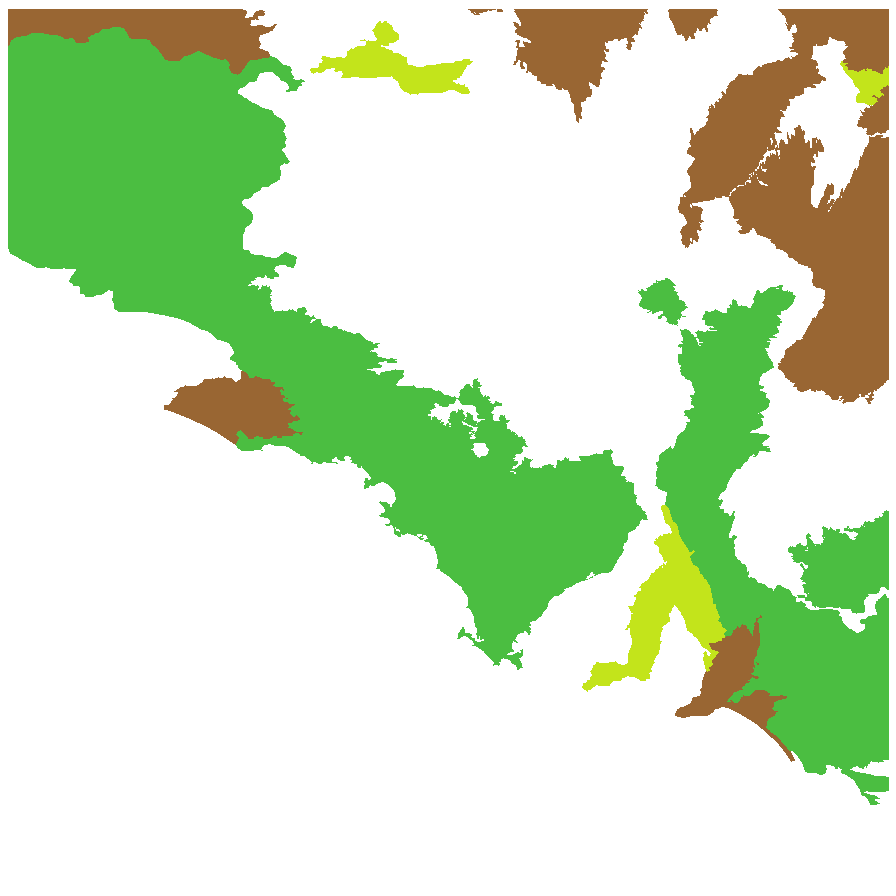
Least concern
Near threatened
Rare
Vulnerable
Endangered
Critically endangered
Extinct
Data deficient
Adelaide
Arkaroola
Ceduna
Coober Pedy
Hawker
Innamincka
Marla
Marree
Mount Gambier
Oodnadatta
Renmark
Wudinna
Keith
Yunta
Display IBRA region text
| Tintinara (NCP04) | Naracoorte Coastal Plain | Least Concern |
| Fleurieu (KAN02) | Kanmantoo | Rare (IUCN: RA d(ii)) (Probable Decline) [edge of range; is often sprayed] |
| Mount Lofty Ranges (FLB01) | Flinders Lofty Block | Rare (IUCN: RA d(i,ii)) [in Parawirra] |
| Broughton (FLB02) | | Least Concern (Probable Decline) [not grazed] |
| Southern Flinders (FLB04) | | Least Concern (Probable Decline) |
| Northern Flinders (FLB05) | | Least Concern |
| Central Flinders (FLB06) | | Least Concern |
| Southern Yorke (EYB01) | Eyre Yorke Block | Near Threatened (Probable Decline) [sandy soils] |
| St Vincent (EYB02) | | Near Threatened (Probable Decline) [restricted] |
| Eyre Hills (EYB03) | | Least Concern |
| Talia (EYB04) | | Least Concern |
| Eyre Mallee (EYB05) | | Least Concern |
| South Olary Plain (MDD01) | Murray Darling Depression | Least Concern [likes sand] |
| Murray Mallee (MDD02) | | Least Concern |
| Murray Lakes and Coorong (MDD03) | | Rare (IUCN: RA d(i,ii)) [edge of range, limited habitat] |
| Lowan Mallee (MDD04) | | Least Concern |
| Myall Plains (GAW01) | Gawler | Least Concern |
| Gawler Volcanics (GAW02) | | Least Concern |
| Maralinga (GVD03) | Great Victoria Desert | Least Concern |
| Kintore (GVD04) | | Least Concern |
| Yellabinna (GVD06) | | Least Concern |
| Yalata (NUL03) | Nullarbor | Rare (IUCN: RA d(i,ii)) |
| Simpson Desert (SSD02) | Simpson Strzelecki Dunefields | Rare (IUCN: RA d(ii)) |
| Strzelecki Desert (SSD05) | | Rare (IUCN: RA d(i,ii)) |
| Sturt Stony Desert (CHC02) | Channel Country | Rare (IUCN: RA d(ii)) |
| Lake Pure (CHC07) | | Near Threatened |
| Mann-Musgrave Block (CER01) | Central Ranges | Rare (IUCN: RA d(ii)) |
| Watarru (CER02) | | Least Concern |
| Pedirka (FIN04) | Finke | Near Threatened |
| Tintinara (NCP04) | Naracoorte Coastal Plain | Least Concern |
| Fleurieu (KAN02) | Kanmantoo | Rare (IUCN: RA d(ii)) (Probable Decline) [edge of range; is often sprayed] |
| 5 of 6 subregions | Flinders Lofty Block | Least Concern , Rare |
| 5 of 5 subregions | Eyre Yorke Block | Least Concern , Near Threatened |
| 4 of 6 subregions | Murray Darling Depression | Least Concern , Rare |
| 2 of 8 subregions | Gawler | Least Concern |
| 3 of 4 subregions | Great Victoria Desert | Least Concern |
| Yalata (NUL03) | Nullarbor | Rare (IUCN: RA d(i,ii)) |
| 2 of 4 subregions | Simpson Strzelecki Dunefields | Rare |
| 2 of 4 subregions | Channel Country | Near Threatened , Rare |
| 2 of 3 subregions | Central Ranges | Least Concern , Rare |
| Pedirka (FIN04) | Finke | Near Threatened |
Botanical art
Kath Alcock paintings: 5
Prior names
Halgania strigosa
Common names
Rough Halgania
Rough Blue-flower
Etymology
Halgania named in honour of Emmanuel Halgan (1771-1852), vice-admiral of the French navy. Cyanea from the Greek 'cyaneos' meaning blue, referring to the blue flowers of the species.
Distribution and status
Found across much of South Australia but mainly in the central parts, growing in mallee communities. Also found in all mainland States. Native. Common in South Australia. Common in the other States.
Herbarium regions: North Western, Lake Eyre, Nullarbor, Flinders Ranges, Eastern, Eyre Peninsula, Northern Lofty, Murray, Yorke Peninsula, Southern Lofty, South Eastern, Green Adelaide
NRM regions: Adelaide and Mount Lofty Ranges, Alinytjara Wilurara, Eyre Peninsula, Northern and Yorke, South Australian Arid Lands, South Australian Murray-Darling Basin, South East
AVH map: SA distribution map (external link)
Plant description
Perennial shrubs to 60 cm high with many branches, more or less densely covered with hairs. Leaves usually sessile, entire to more or less toothed; usually oblanceolate to narrowly wedge-shaped or linear-elliptic, to 25 mm long and 5 mm wide; acute, obtuse or truncate; flat or folded lengthwise and more or less convex below; covered with appressed double-ended hairs. Inflorescence terminal with a number of clusters each with 1-3 bright-blue flowers. Sepals connate in the lower third or to half their length, equal, linear-triangular to lanceolate. Corolla rotate, with lobes ovate to lanceolate, usually bright-blue, with a few double-ended hairs outside. Stamens with free filaments, inserted in the throat of the corolla tube, with anthers exposed in an erect column around the style; narrowly ovoid, with a terminal appendage, stiffly erect, hairy and with hooked hairs on the inside. Flowers through out the year. Fruits are brown indehiscent drupe.
Seed collection and propagation
Collect seeds between January and December. Collect fruits that are maturing, fat and hard. Place the fruits in a tray and leave to dry for two weeks. Then rub the fruit gently to dislodge the seeds. Use a sieve to separate the unwanted material. Store the seeds with a desiccant such as dried silica beads or dry rice, in an air tight container in a cool and dry place.























